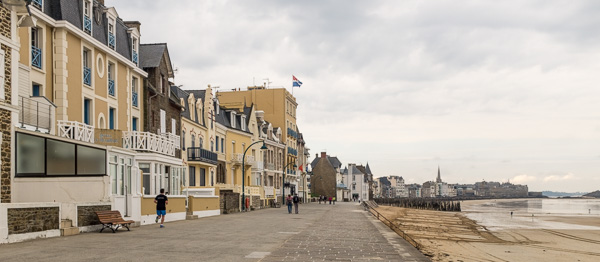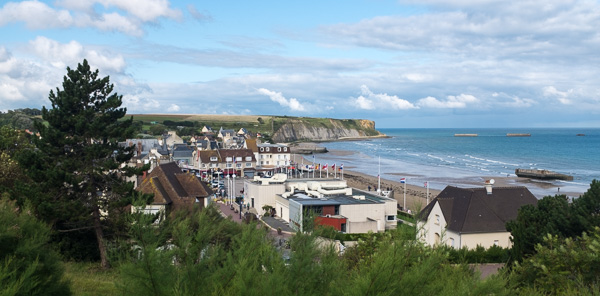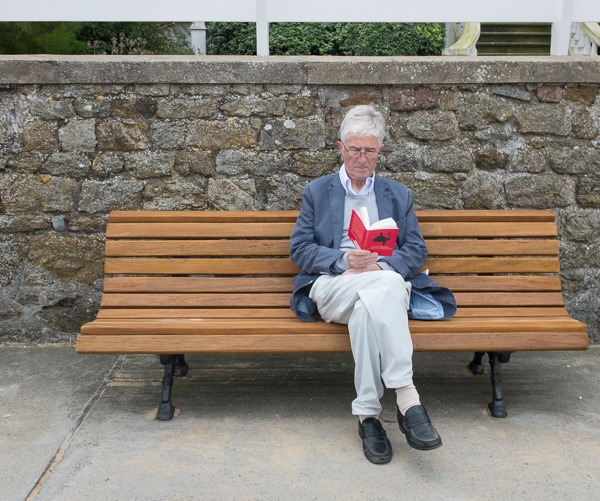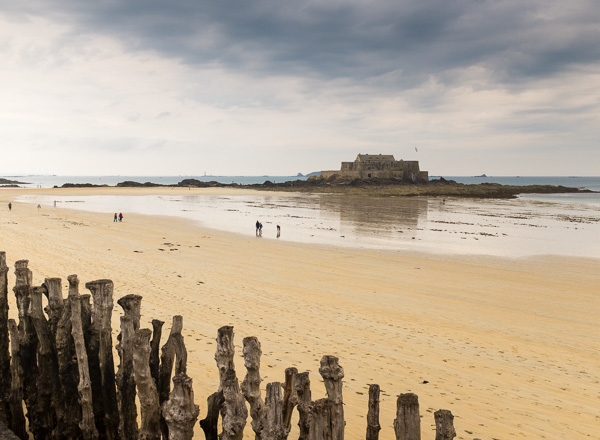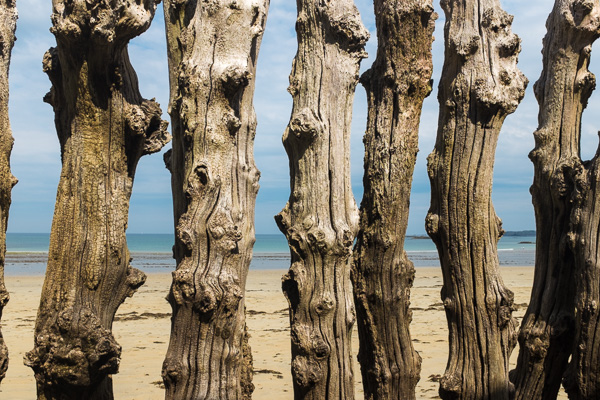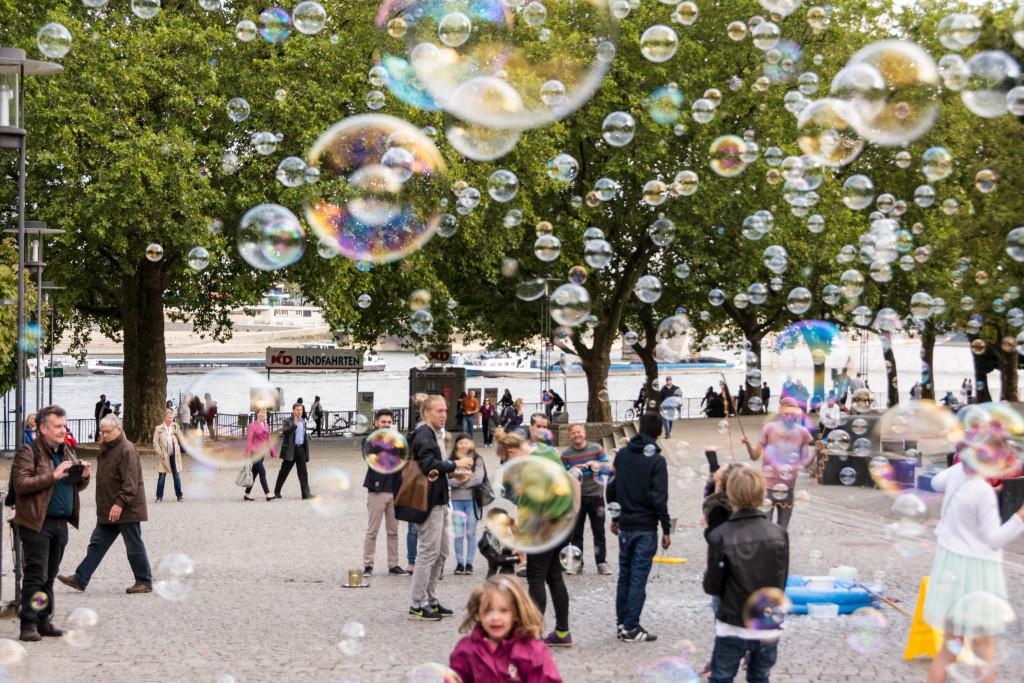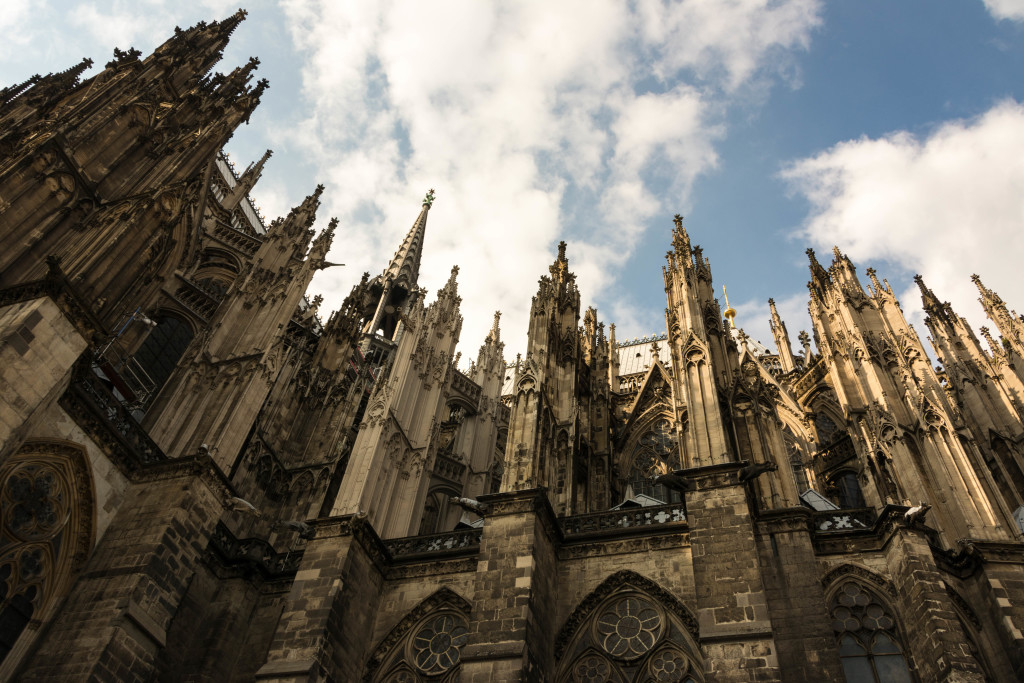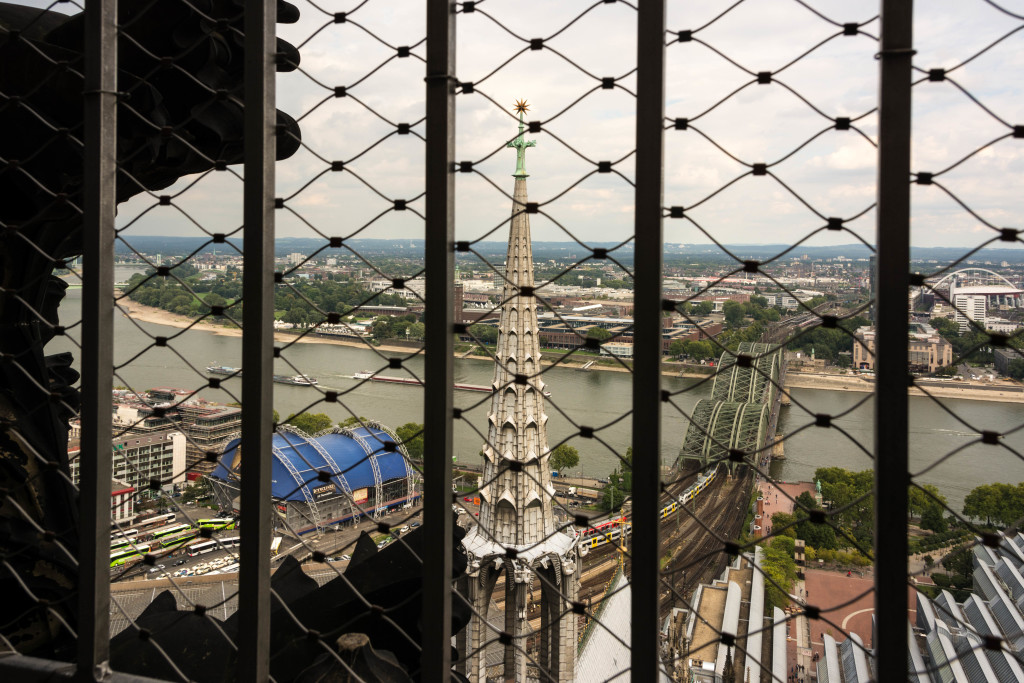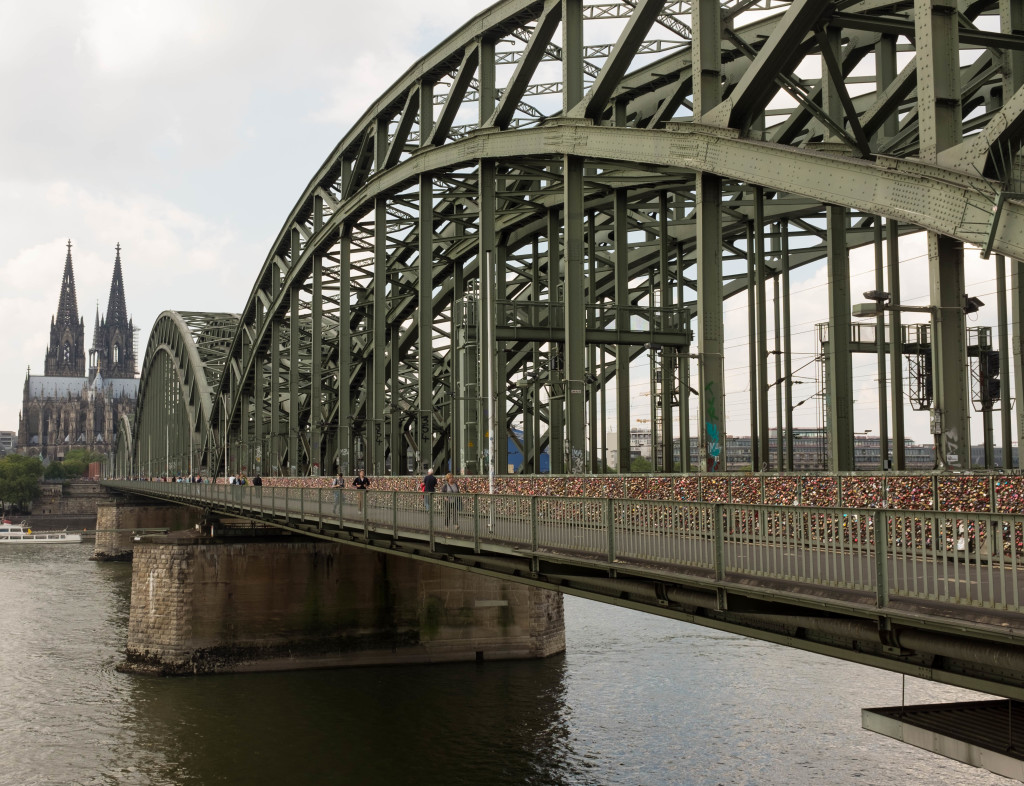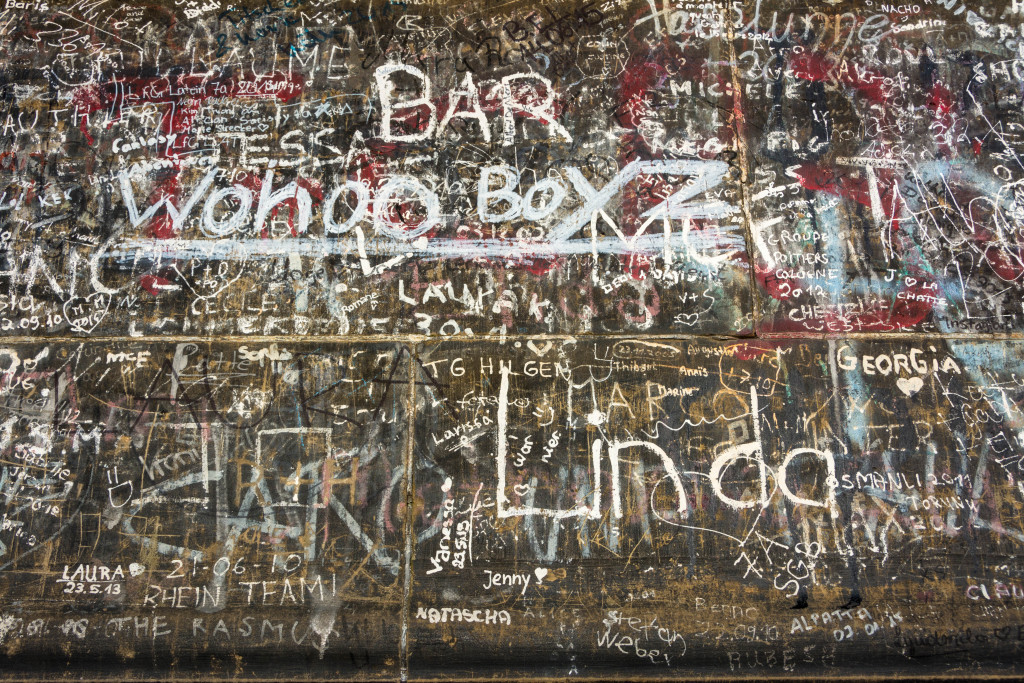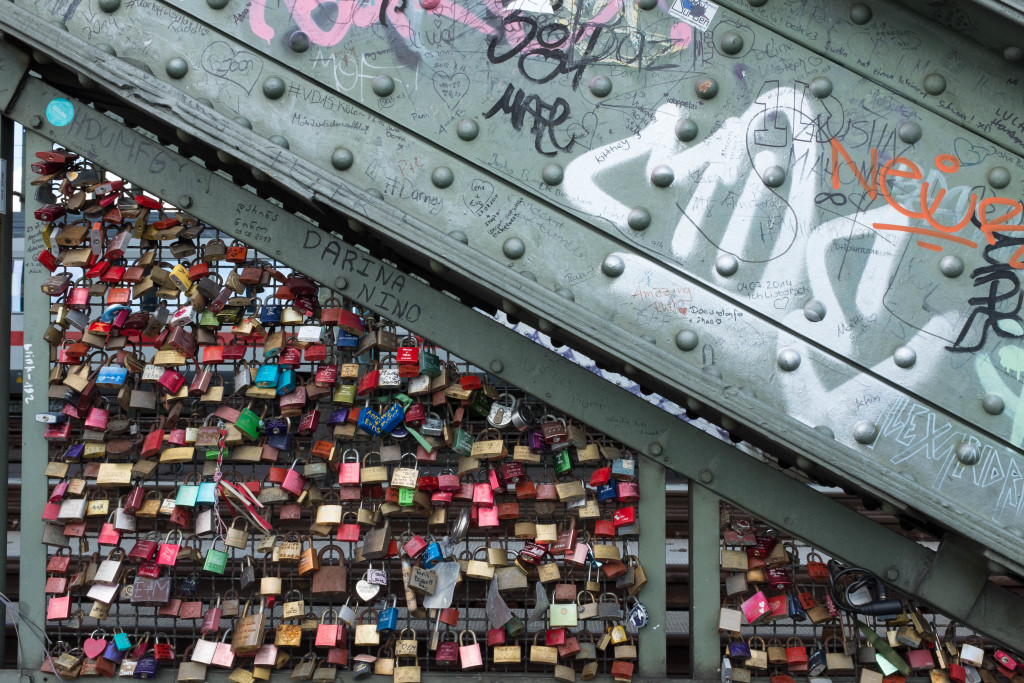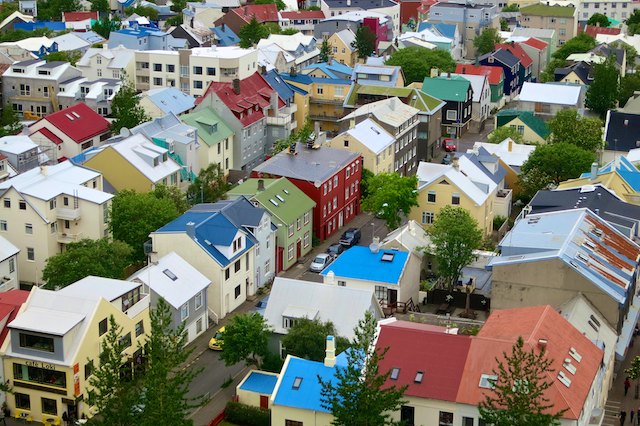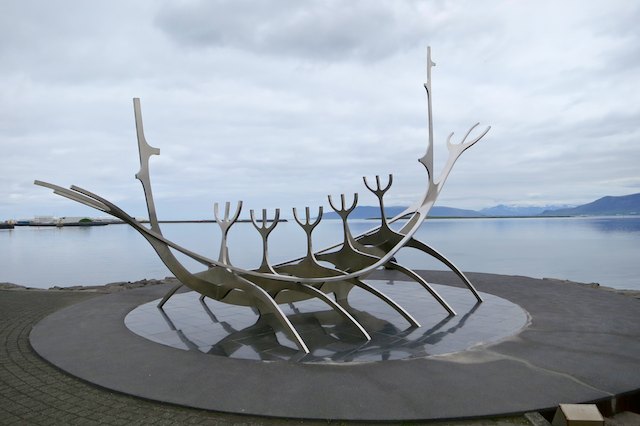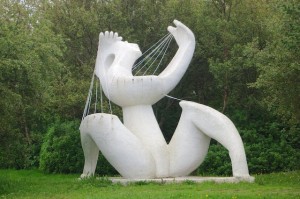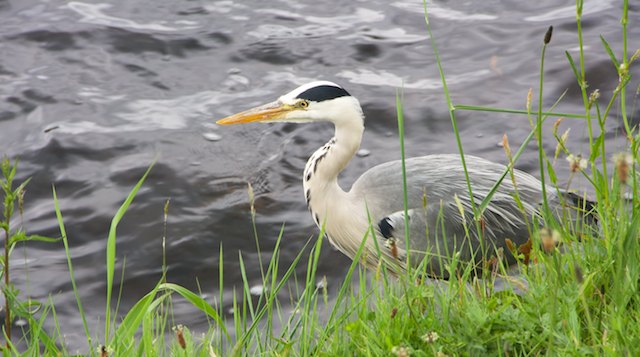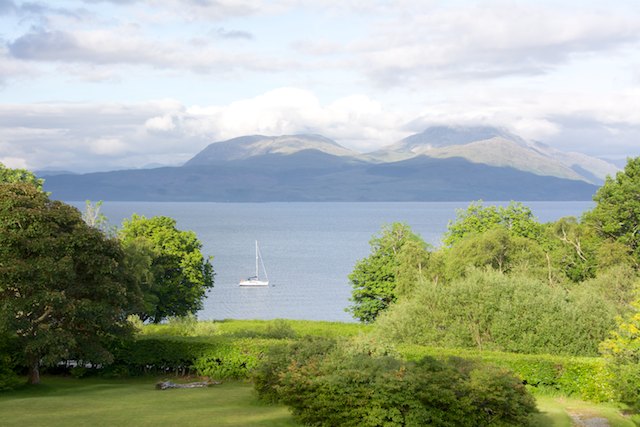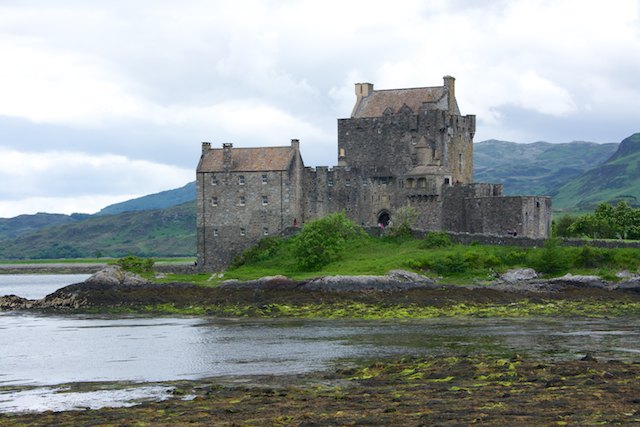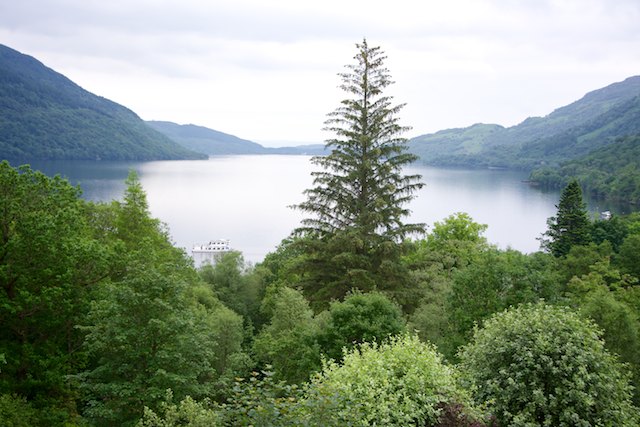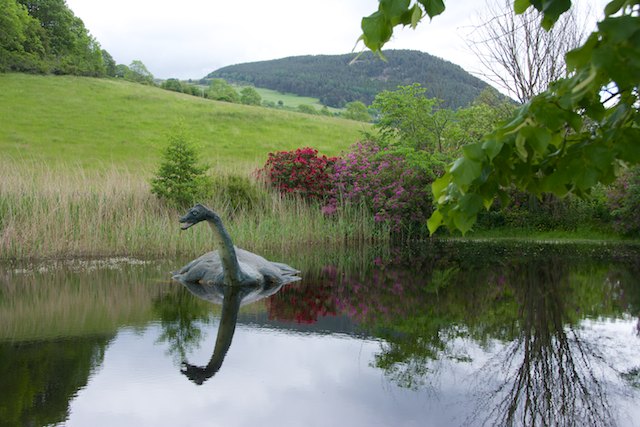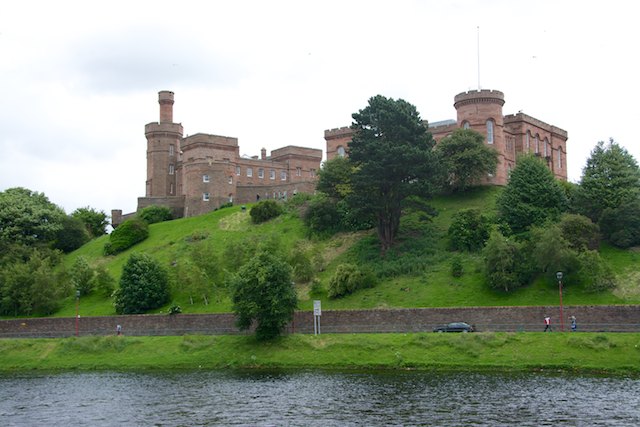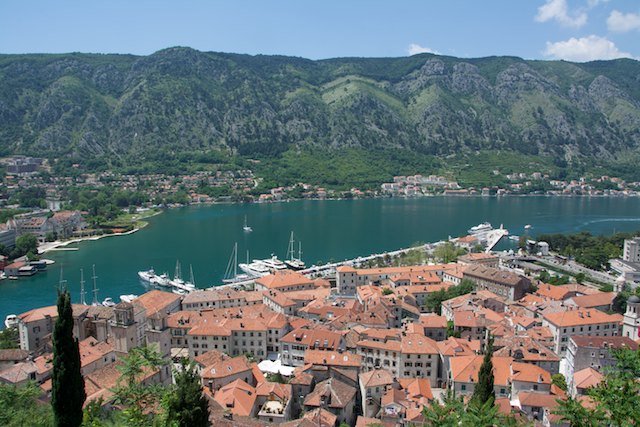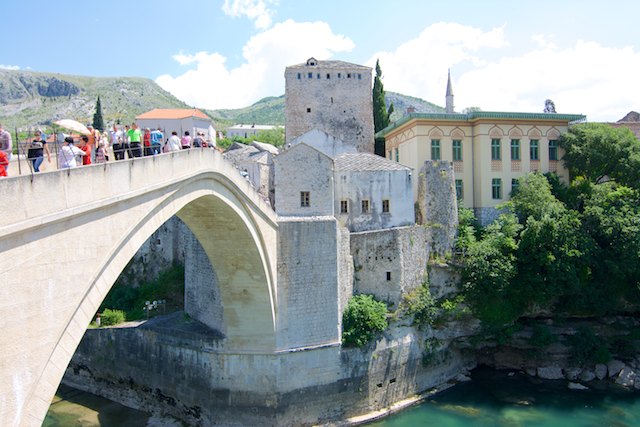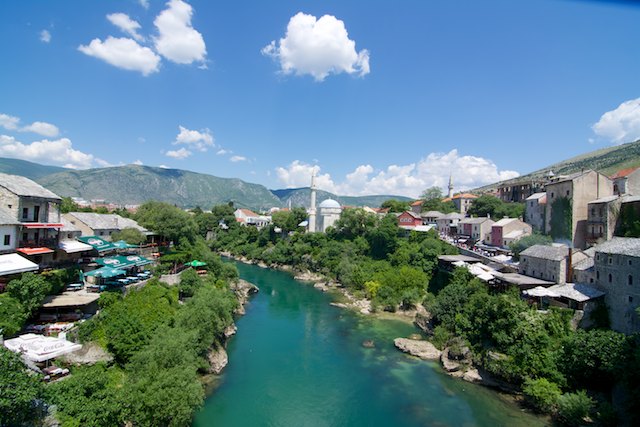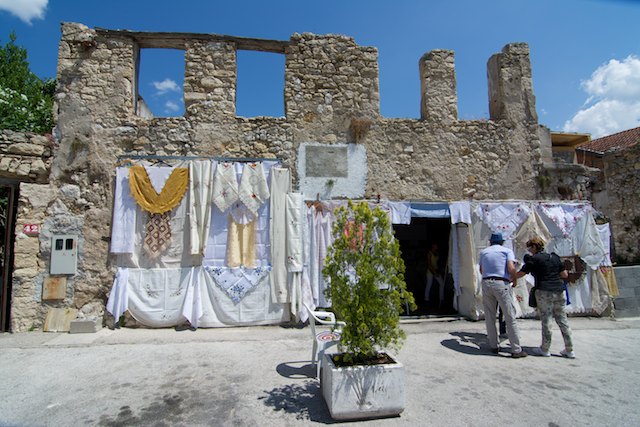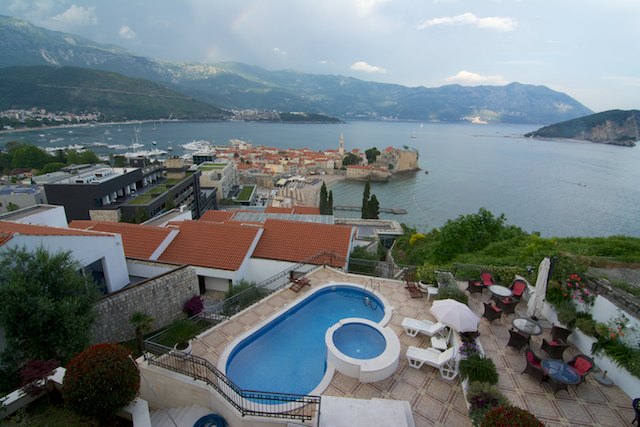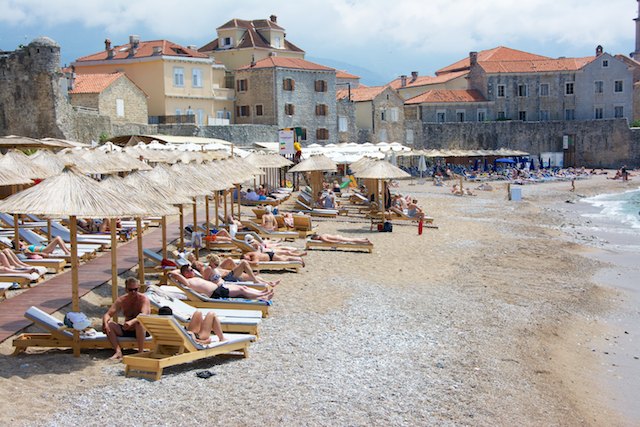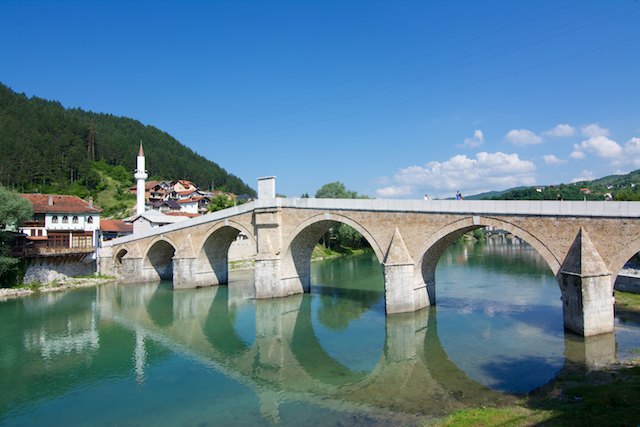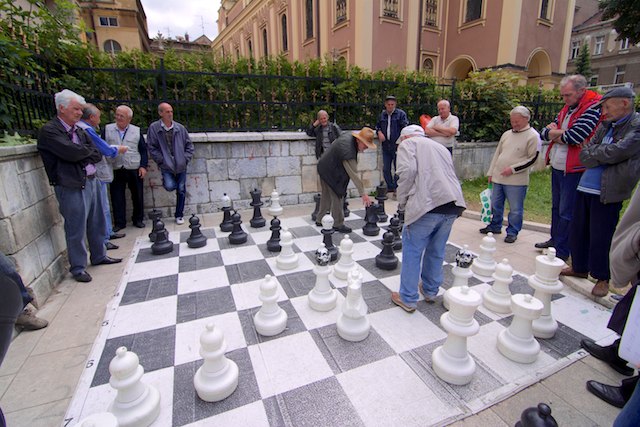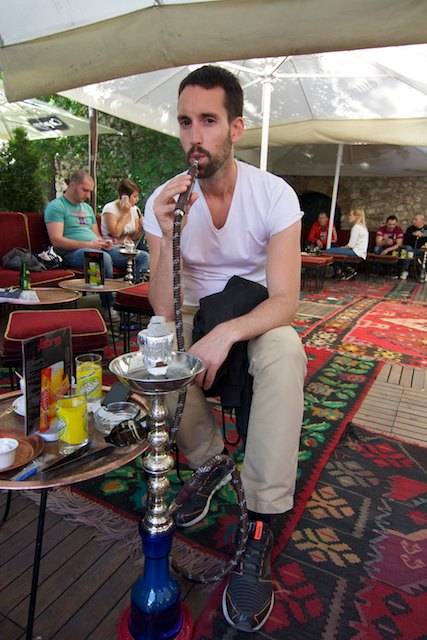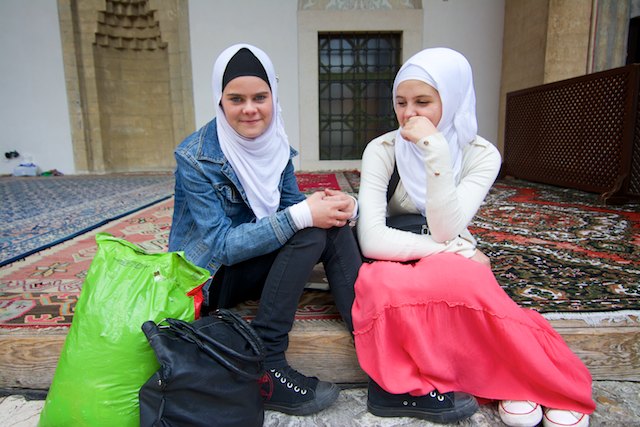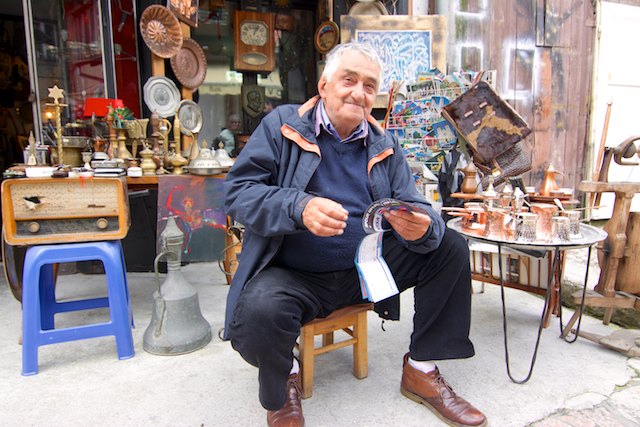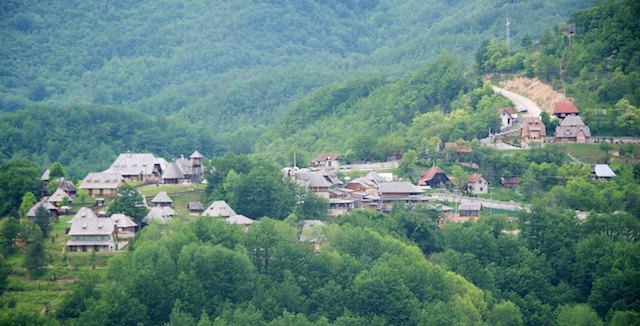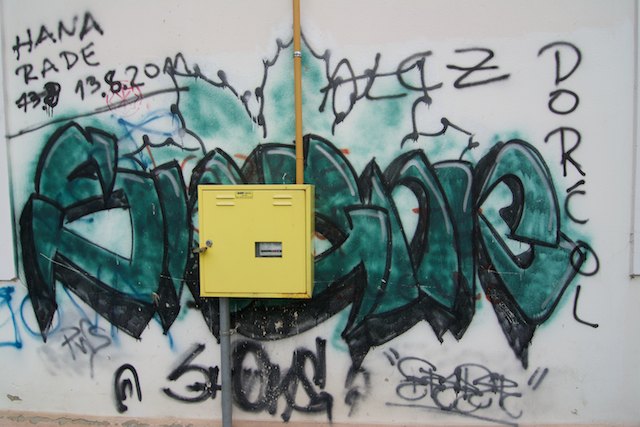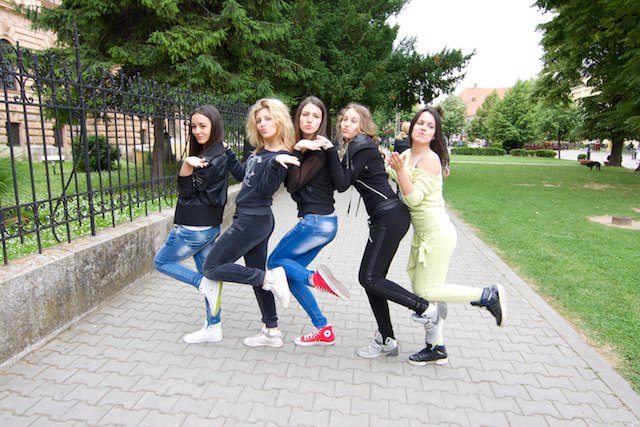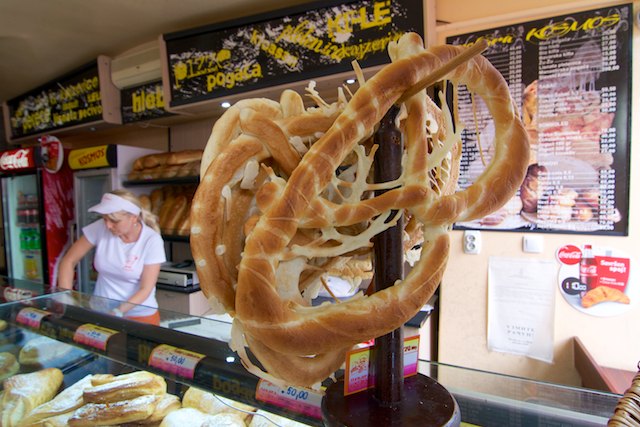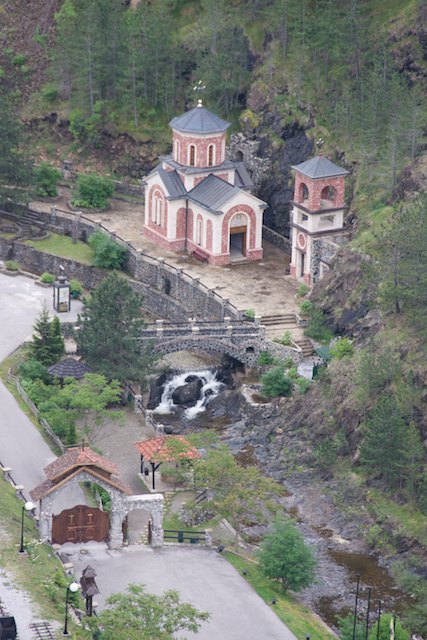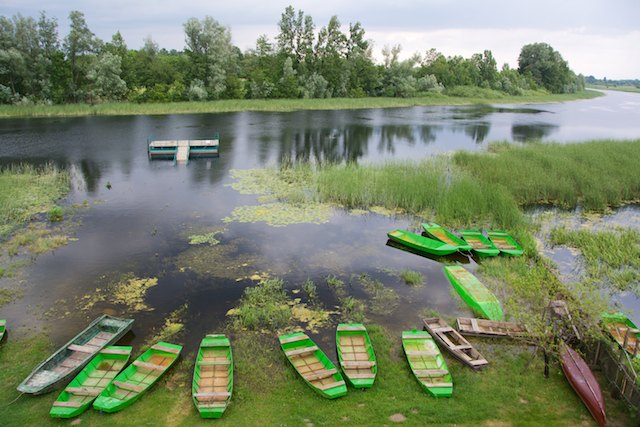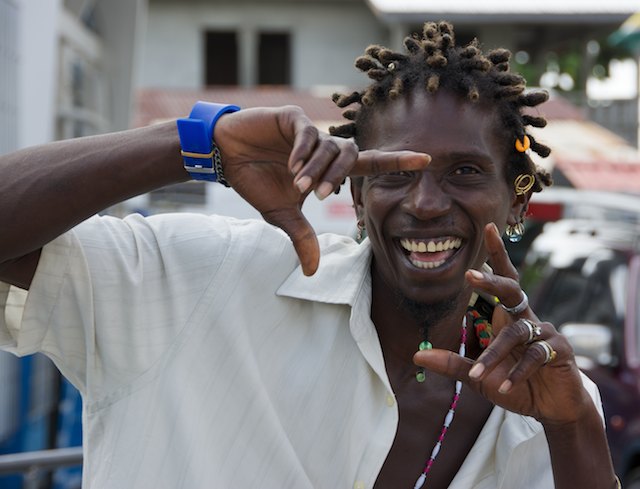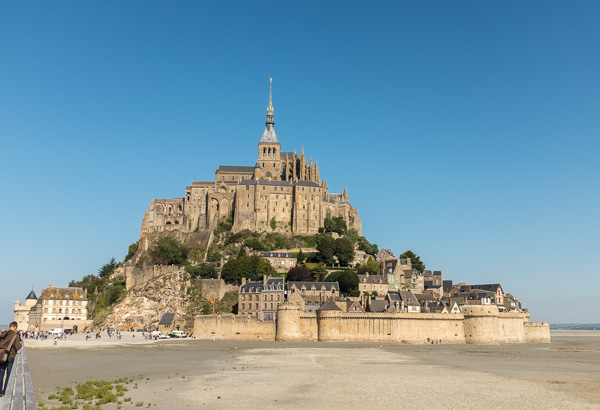
Desto3 will be publishing postcards and photographs from archived trips beginning in January 2016 on a weekly basis. Until then we’ll send a few from our latest trips which included two countries on our “much visited” list.
First, France. There’s a reason that this relatively small country plays host annually to more international visitors than any other country in the world, (including the U.S. and China). The country of France is the world’s #l tourist desto by far and the Eiffel Tower is the #1 paid tourist attraction. How come? The answer, as you might imagine, even if you’ve never been there yourself, but you HAVE eaten an éclair, is pretty easy to understand.
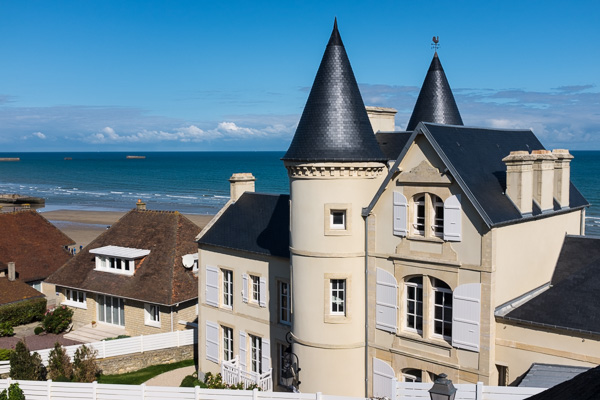
France is beguiling.
Each region has a distinctive character and offers varied opportunities for travelers to indulge in all kinds of pleasure. Not the least of these pleasures is the one afforded to the intellectuals among us: the incredible sense of world history that is EVERYWHERE in France. (Only Italy and Spain are home to more UNESCO World Heritage sites.)
In the Dordogne region the spectacularly preserved cave paintings of Lascaux date back to 18,000 B.C. You can’t actually get in the caves anymore (unless you know somebody with “connections”) because the caves are in danger of deterioration due to human exposure. So they built a kind of “faux Lascaux” which simulates the upper Paleolithic era quite impressively. Or so I’m told. The whole story of France, from that point on to the present day, all twenty thousand years of it, is rife with events and characters that are universally well known as cultural, artistic or political icons. (That Eiffel tower is just one teeny-tiny, albeit popular, snippet of tourism paradise.)
And, yes, historically speaking France has seen more than its fair share of conflict and warfare. And, even though humanity seems immune to insight or learning anything whatsoever from history about the evils of war, apparently we sure do like to visit the scenes of carnage. (What’s that about? Sigh.)
And, so, after avoiding the much, much, much visited (by Americans) Normandy coast, in September, off we went to see what we had missed on our previous visits to all the other parts of France.
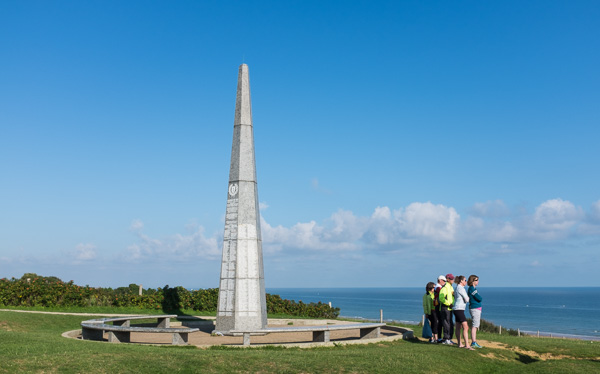
You will remember (from WWII movies and TV specials, if not your earnest studies about twentieth century history) that the Normandy Coast in the north of France is the scene of the American led invasion known as “D-day” at Omaha Beach, where on June 6th, 1944 the allies invaded occupied France (military codename: Operation Neptune) and turned the tide of the Nazi occupation of Europe. The Battle of Normandy is the official term for the military operations conducted jointly by the British, French and Canadian armies against Germany in occupied France from June 6 – September l, 1944. Operation Overlord includes the American involvement in liberating France from June 6 – August 25th. (I’ve already forgotten what happened during that last week when Americans weren’t involved but this is an opportunity for some independent study should you be so inclined.) BTW, if you’re already lost in the proper noun-fest that was this part of WWII, join the club. You’d have to have a degree in military science to understand and retain all the jargon that was WWII.
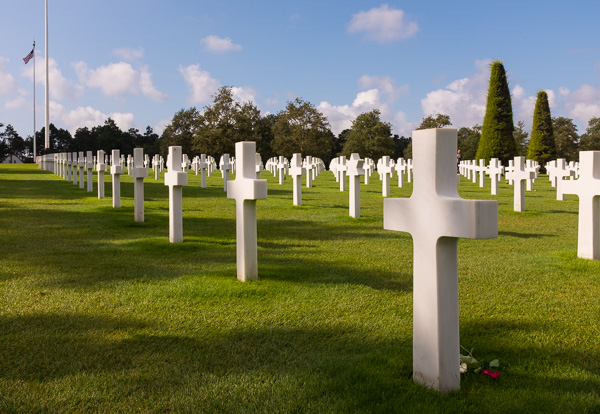
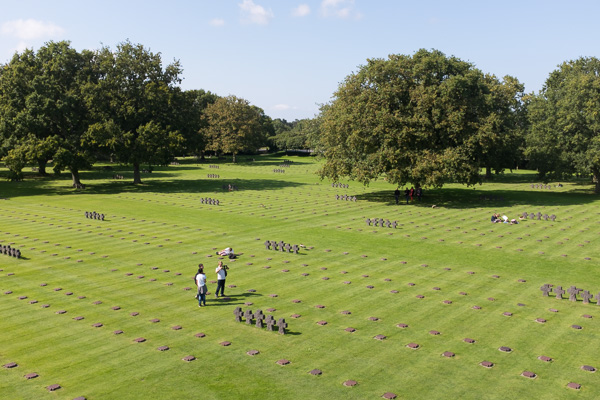
If you slept through the twentieth century in your World History class and you were born after 1940, the ancient (to you) history of this invasion can best be understood now by watching the Steven Spielberg movie, Saving Private Ryan (starring Tom Hanks) – a kind of cinematic Cliff’s Notes on the Normandy Invasion.
The final scene of that (much lauded and awarded) movie will also give you a glimpse into the current attraction to Normandy for many of the American visitors who’ve been there. The Normandy American Cemetery and Memorial covers 72 acres of prime real estate overlooking the English Channel at the site of Omaha Beach and it features the somber stark white grave markers of over 9,000 Americans buried there. (More than 4,000 Americans were shot down in this single military operation.)
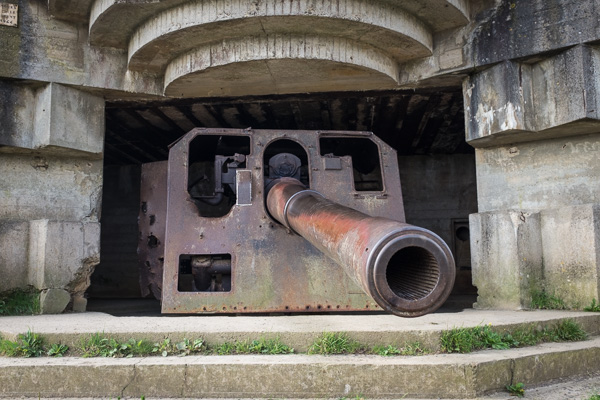
Though the character of Private Ryan is a fictitious one, the final scene depicting his return in his dotage to pay homage to Tom Hanks’ character at the American cemetery in Colleville-sur-Mer is played out often on these grounds for reals. There were more than a few “pilgrims” like that there the day we visited, all of them 90+ and accompanied by much younger family members. Groups like that were by far the most numerous tourists visible and it made me wonder who will support the economy of the village when these old WWII veterans die off.
Of course the answer is simple and was revealed immediately when we moved on down the road to the other two major tourist destos in this northern part of France, the Musée de la Tapisserie de Bayeux, and Le Mont Saint-Michel, both also living monuments to the human fascination with tribal warfare and human attempts to be in control of geography.
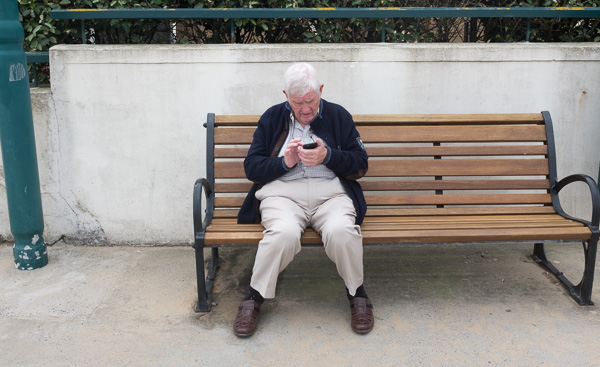
The Bayeux Tapestry is a single piece of fabric measuring 230 feet in length and 20 inches wide, hand-embroidered with a historical depiction of all the goings on between the Anglos and the Saxons up until the climax of the Norman conquest, which was the Battle of Hastings, which, for your information, was fought on my birthday (October 14th) in the year 1066. (Just in case you want to send a card next year.) The who what when and where about this “first known comic strip” is described by those ubiquitous museum appliances known as “hearing devices” that you turn on at the beginning and then slowly march along from section to section as some guy with a haughty British accent gives you the D.L. via pretty shoddy earphones. The tapestry itself is remarkably preserved behind glass, (everybody agrees on this, though not on anything else about it, like who made it and when and where) and for a piece of fabric that’s nine hundred years old it looked in better condition than some of the underwear I had packed for the trip. (Traveler’s tip: Pack your oldest underwear and sox; throw them out along the way making room for new purchases and souvenirs!)
Mont St. Michel was by far my favorite tourist trap in all of northern France. Everyone else apparently thinks so too because if you don’t get there the minute they open the gates, you’ll be trampled by the hoards that arrive soon after opening. (Think of Disneyland on Labor Day weekend and triple that.) It’s one of UNESCO’s World Heritage Sites so more than 3 million people visit every year (most of this year’s 3 million were there the day we were). What draws them? Hard to say. As monasteries go, there isn’t anything absolutely unique about Le Mont St. Michel, except that it’s situated on a tiny tidal island at the confluence of the Couesnon River that made it marvelously defensible when the tides came in. Plenty of would-be pilgrims to the monastery met their watery fates when high tide rolled in. More than one or two monarchs thought it made for a nifty prison over the centuries, too. All the usual tussle between the Normans and the Anglos as to who owned it and who fired which cannons on which would-be conquerors occurred, and that’s enough history right there to give Brad Meltzer a permanent boner.
In short, everything you will see up there on the northern coast of France is evidence of why we can’t have nice things. Too many meanies and too much human avarice and greed. We seem fascinated by human history and we spend inordinate amounts of time and money visiting sites of critical events but we don’t seem to be making much headway when it comes to ostentatious displays of barbarism and brutality. Northern France is the scene to more than the average, I suppose. But, it’s quite beautiful if you look past that. And, huge big fun to bike.
As a side note, we took the high-speed rail from Cologne, Germany into Paris to connect with another train to Caen to get up to Normandy. It hadn’t even been two weeks since the thwarted terror attack on that other Paris bound train. Now, of course the whole world knows that the mastermind behind the Paris attacks on November 13th was the same guy who sent the train killer out. We love France and Paris and we have a lot of love for some people who live there, so even though we try to keep Desto3 from commenting on world politics, we’d just like to say…fuck that guy. (You’re welcome.)
